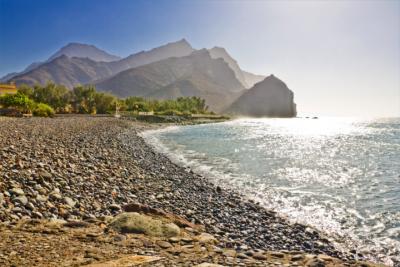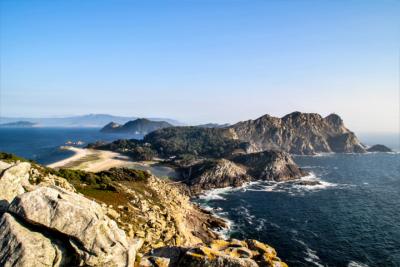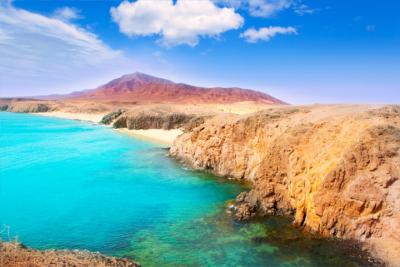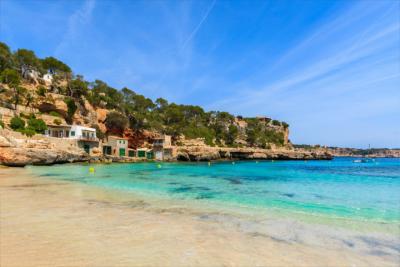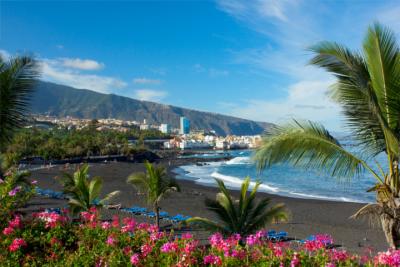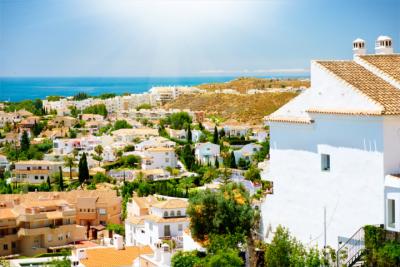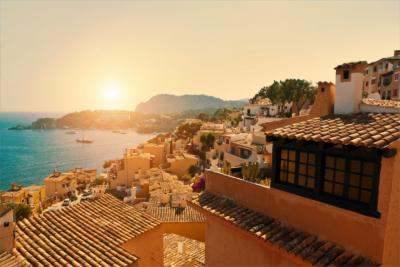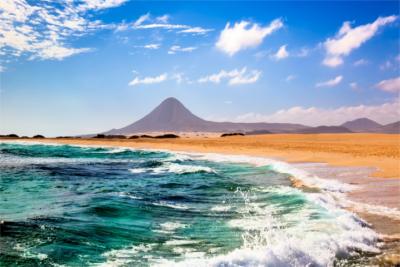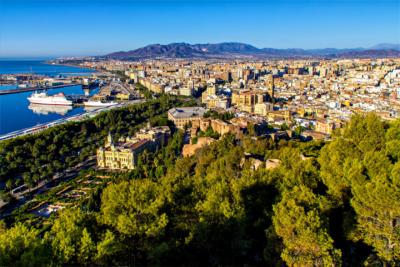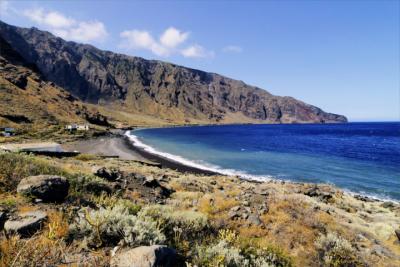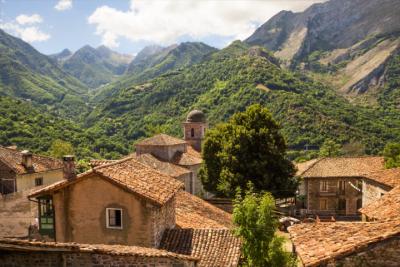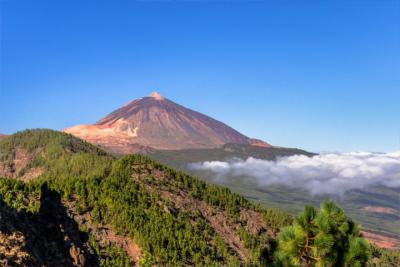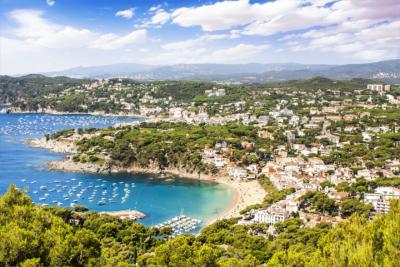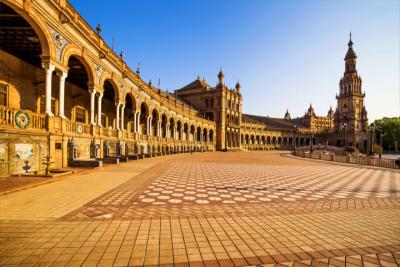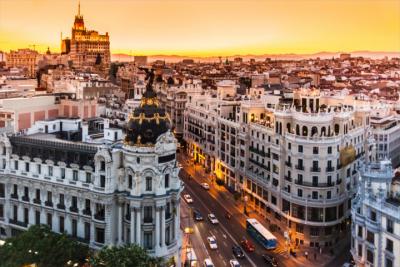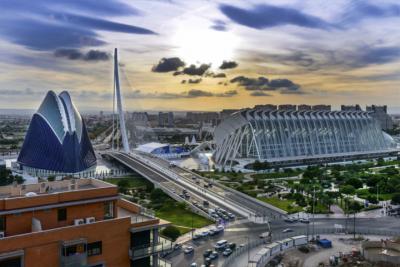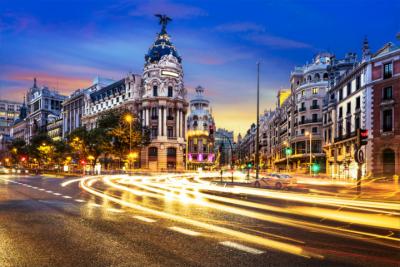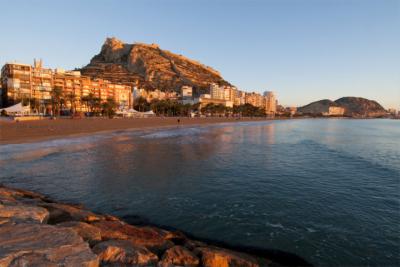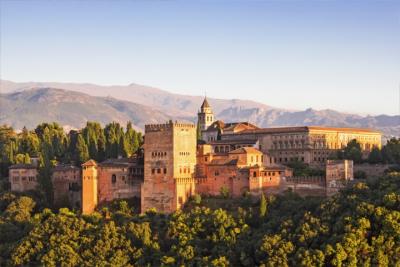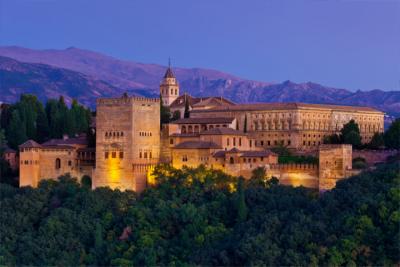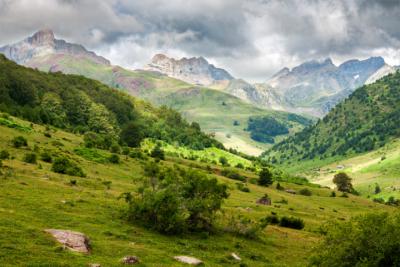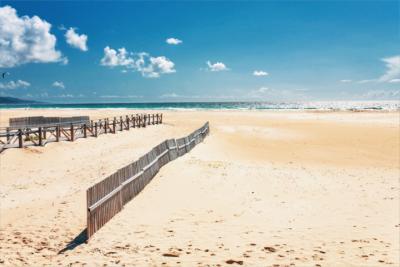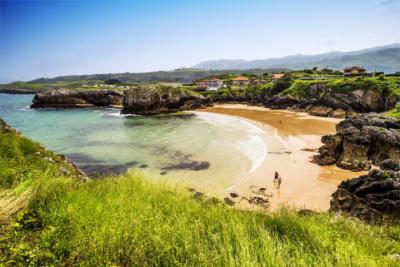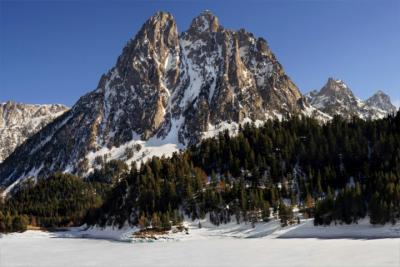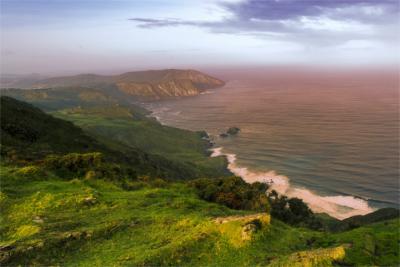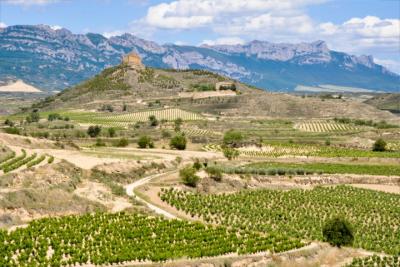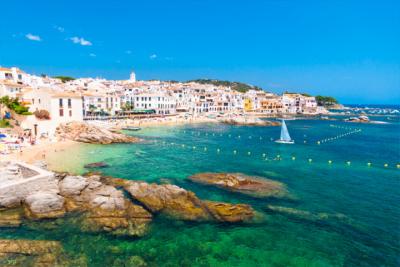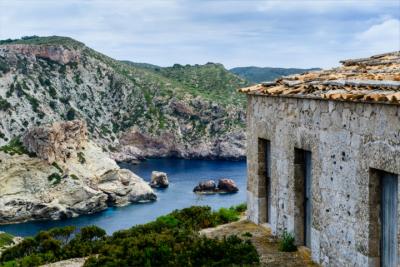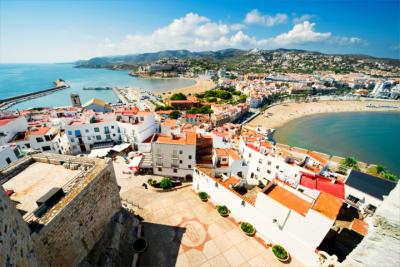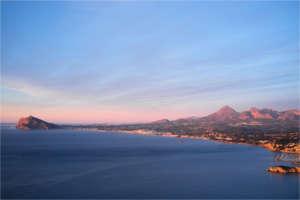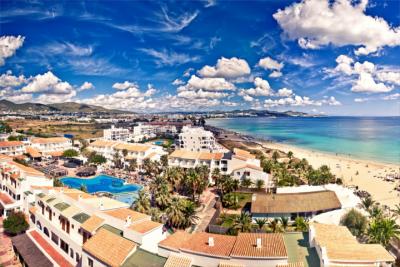Travel Offers
Travelmyne Featureprint
Distance
Costa Verde - The Sparkling Emerald in the North of Spain
Spain's "Green Coast" fascinates with different parts of the coast, magnificent mountains and bright green vegetation. Together with the age-old cultural assets and the Celtic traditions, the Costa Verde offers a varied spectrum of nature and culture.

Geography - The green north
The Costa Verde ("Green Coast", also called Green Spain) refers to a coastal part in the north of Spain at the Bay of Biscay, which extends over the autonomous regions of Galicia, Asturias, Cantabria and the Basque Country. Asturias' most northern point, the Cabo de Peñas near the city of Gijón, divides it into two halves. The "Green Coast" owes its name to its extraordinarily green and diverse vegetation, which grows because of the high precipitation. The temperate and humid Atlantic climate causes the Costa Verde to have more precipitation than any other part of the country, which is why occasional rainfalls in summer as well as longer periods of rain in winter are not uncommon.

Nature - Rocky cliff coasts, romantic bays and green mountainous landscapes
The landscape at the Costa Verde is dominated by smaller beaches, scenic bays, cliff coasts and wonderful mountains. The latter, for example the Sierra del Cuera or the Sierra del Sueve in Asturias, rise rapidly right at the sea and offer a breathtaking view of the green coastal areas. Another impressive mountain range and nature reserve are the Picos de Europa, which separate Green Spain from the Castilian plateau Meseta and serve as a weather divide. The Cantabrian Mountains are characterised by high peaks like the Torre de Cerredo (2,645 m), rocky deserts, mountain lakes, gorges and thickly forested valleys and are Spain's first national park, which has been home to rare species of plants and animals such as wolves, bears, vultures and golden eagles since 1918. The rocky, mostly unspoiled coastline of the "Green Coast" offers offers natural beauty too. Steep seashores, dunes, remote bays, bright green forests and meadows as well as wonderful beaches are waiting to be discovered. Especially the beaches (e.g. between Llanes and Ribadesella in Asturias) at the Costa Verde rank among the most beautiful ones in the whole of the country.

Culture - Testimonies from the Neolithic Age and Celtic traditions
There are many traces of the Celts at the Costa Verde, which settled the region between the 10th and the 15th century BC. Examples are the countless ruins of Celtic castros, a kind of pre-Roman fortified settlement (e.g. Coaña, Porto do Son or A Guarda). In addition, the language, the region's name, handicraft, mythology, traditions and folk music bear witness to the Celtic culture to the present day. Besides Celtic cultural monuments, there are several burial and cultural sites made of megaliths (a large block of stone), which show that the "Green Coast" was already populated in the Neolithic Age. Travellers can marvel at menhirs and monoliths on the peak of the Monte Areo and at the Campo de la Rata, for example. The latter lies near Coruña and is part of the World Cultural Heritage of the UNESCO, just like the Tower of Hercules (Spanish: Torre de Hércules). Further evidence of the Neolithic settlement of the Costa Verde is provided by the numerous cave paintings, for example in the Cueva de Tito Bustillo, del Mar and del Pindal as well as in the Cave of Altamira near the town of Santillana del Mar. The latter have also been declared World Cultural Heritage sites.

Experience - Seafood, meat products and cider
The cuisine at the Costa Verde is most of all known for fish and seafood as well as meat and sausage products. Another common dish is the fabada, a hearty bean stew made of white beans, chorizos, black pudding and vegetables such as peppers. The fish stew marmite, the pulpo galego (an octopus dish) and the dumplings empanadas are equally popular. In addition, several types of cheese such as the blue cheese Cabrales or the Idiazabal made of sheep milk are local specialities. To them people have a glass of cider, the so-called sidra, which can also be tasted in a sidrería.
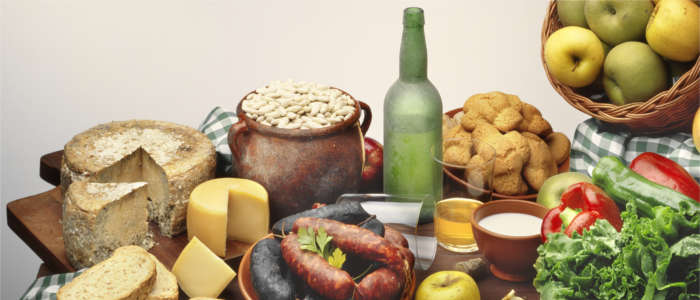
Activities - Surfing, swimming and hiking at the Costa Verde
The Costa Verde is particularly popular with surfers and hikers. Towns like Tapia de Casariego or Mundaka make surfers' hearts leap for joy. Other water sports such as swimming, diving, sailing and fly fishing are also possible at the Costa Verde. Hikers get their money's worth in the green and rocky mountains near the coast. Furthermore, the northern part of the Way of St. James (Camino del Norte) runs along the "Green Coast" and offers great views of the Bay of Biscay and the surrounding green strips of land.

Information
The Costa Verde is of particular interest to travellers who want to avoid mass tourism. You will find no overcrowded beaches here. Due to the climate, which is not too hot, the region is popular with both local and foreign holidaymakers.
The Costa Verde fascinates lovers of nature most of all. The wonderfully green part of the coast, the magical bays and beaches as well as the graceful mountains constitute a paradise for every traveller who wants to experience nature actively. However, lovers of culture also get their money's worth because the Neolithic cultural testimonies and the traces of Celtic settlers are a unique historical experience.


